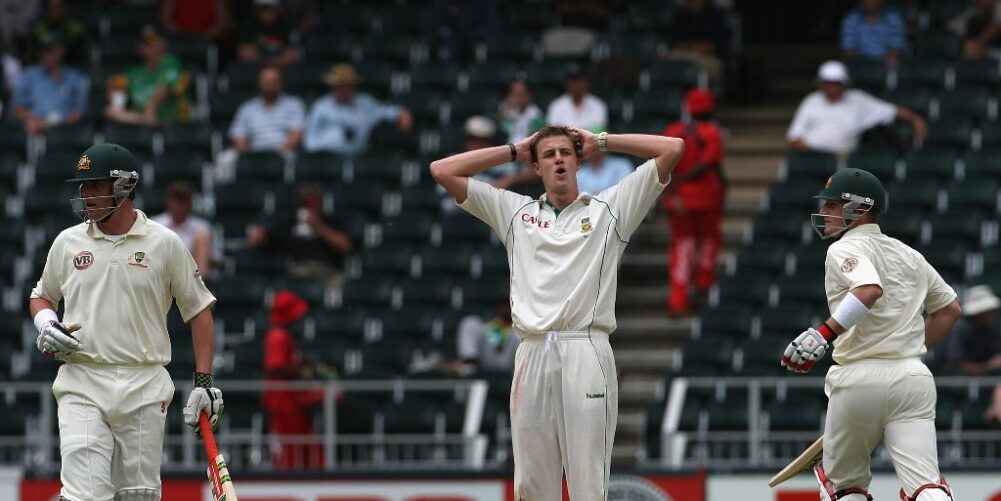By Marcus North
It’s a special rivalry; intense in nature but respectful with tradition. Since their reintroduction to international cricket in 1991, the tussles Australia have enjoyed – and at times endured – with South Africa have been some of the most entertaining and talked-about in the game.
During my time playing international cricket, you always knew you were in for a battle. I made my Test debut against a very strong South African side in 2009, and although I clocked up a hundred in that game – and we won – my technique and temperament were tested like never before in my career.
I look back on that debut hundred with added pride because of the attack I had to counter on what was a typically fast and bouncy Johannesburg pitch.
Taking the new ball was the superb pair of Makhaya Ntini and Dale Steyn. Ntini was down on pace at this late stage in his career, but his angles were the problem and his probing accuracy meant there were no easy servings. Steyn, on the other hand, had some serious wheels and at this time was coming into his pomp.
With an extra yard of pace, he had the ability to unsettle you, and it just got tougher when you threw in late swing and a surprising throat ball.
But as good as they were, it was the first change bowler, Morne Morkel, who gave me the toughest test during that innings and whenever else I faced him.
Standing just shy of two metres but delivering the ball from around ten feet, Morkel possessed the raw ingredients that were my biggest challenges when facing fast bowling. Because of his height, you knew there would be balls that you could shoulder arms to, but you also knew that, because of the lengths he would consistently look to hit, you would have to fend off many from right under your nose. They weren’t bouncers, which you could often read from the hand – as with the likes of Steyn and Brett Lee – but almost stock deliveries that, quite literally, had you on your toes throughout.
He was easily one of the toughest, if not the toughest, bowler I faced in my international career, and his announcement last week that he is set to retire from international cricket will have a lot of first-class coaches on alert. He would be a huge asset in both county and Sheffield Shield cricket.
Go well, Morne.
White-ball Renegades…
There has been a lot said this week regarding the decisions by Adil Rashid and Alex Hales choosing to play white-ball cricket only for their counties this season. I see both sides of the argument, to be honest.
On one hand, can you really blame a player for wanting to cash in on their career, which, let’s face it, could end at any moment through injury? It would ‘appear’ both players have no future with the current England hierarchy when it comes to playing Test cricket.
But at the same time, I find this quite bizarre. England’s batting in red-ball cricket has for sometime now been its weak point. A player of Hales’ calibre would surely still be in with a shout. He was playing Test cricket only 18 months ago. The same applies to Rashid. An established white-ball spinner who has done reasonably well when called into the red-ball squad. The issues England have with Moeen Ali’s bowling means there is an opening for a twirler.
I’d like to hear more from the ECB. The respective counties have defended the moves but have these players been told they are not in England’s Test plans? Are they happy with the two players’ decisions?












